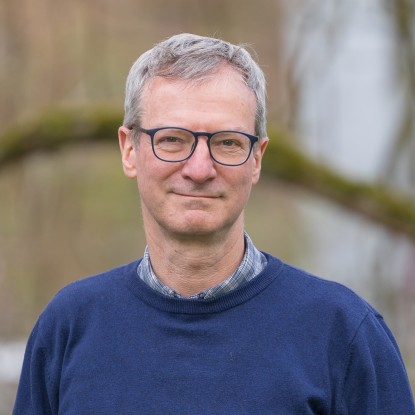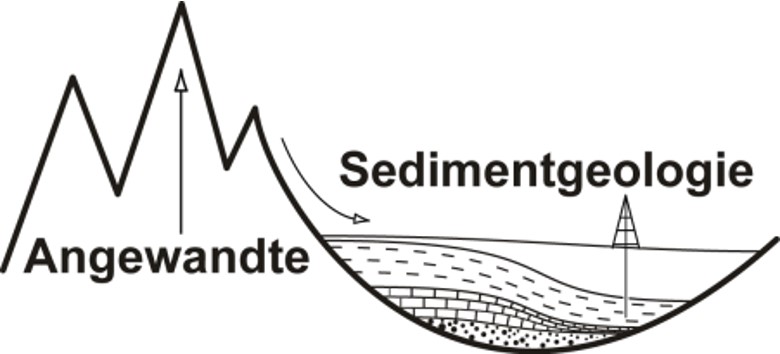Applicant: Adrian Linsel
Funding: Friedrich-Ebert-Stiftung
Persons in charge: Adrian Linsel
Duration: 2017 – 2021
Summary
Geothermal energy production is still an underrepresented member within the renewable energy production technologies, yet providing a wide range of benefits like geopolitical independence, base load power, low emissions, coupling capabilities and an only marginal demand on surface area. Although being supported by the Gesetz für den Ausbau erneuerbarer Energien (Law for Renewable Energy Expansion, EEG) geothermal energy only contributes 0.3% to the German primary energy consumption. Private investors are primarily inhibited from investments by high drilling costs and significant prospecting risks.
Economic success of geothermal projects is directly dependent on the geological conditions present in the exploited reservoirs. Especially hydrogeothermal systems, normally located in depth >2000 m, are highly sensitive regarding spatial heterogeneities and dependent on local petrophysical anisotropy. Minor deviations from previous estimations can decide on whether a geothermal plant can produce heat or power economically or not.
Spatial heterogeneity as a key parameter in geothermal reservoir characterizations is mainly produced by geological processes during initial genesis or secondarily during hydraulic, thermal or tectonic overprint. The current state of a reservoir is correspondingly a result of various coupled geological processes. Dependent on the process, lithological units are formed, altered or destroyed in different places in time and space. Investigating the current state of these units and their transitions can provide insights into the processes which in turn can be utilized as indicators for the spatial extend of the investigated lithological units. Distribution and orientation of petrophysical properties in space are therefore significantly dependent on the spatial extend and orientation of their hosting geological bodies.
Heterogeneity, as a quantity for the non-uniformity of a property in space or time, and anisotropy of crucial geothermal reservoir properties will be derived from field- and laboratory surveys on the Innervariscan Permocarboniferous. Innervariscan Permocarboniferous comprises all lithological units deposited during Carboniferous and Permian within the Variscan orogen. Previous investigations indicate that lithological units from this time period provide sufficient reservoir properties for hydrogeothermal exploration, especially in the Northern Upper Rhine Graben where a thermal anomaly causes a high geothermal gradient. Nevertheless, geological heterogeneity is still difficult to forecast in the Permocarboniferous which eventually resulted in an unsuccessful geothermal power plant project.
In our approach, we use a self-developed software system with database binding to run machine learning algorithms on very heterogenous reservoir datasets to extract information and knowledge. With our study, we aim to enhance the capability to predict reservoir compartmentalization which would ultimately lead to an increased probability of success for geothermal heat and/or power production projects.

Prof. Dr. Matthias Hinderer
Contact
hinderer@geo.tu-...
work +49 6151 16-20631








